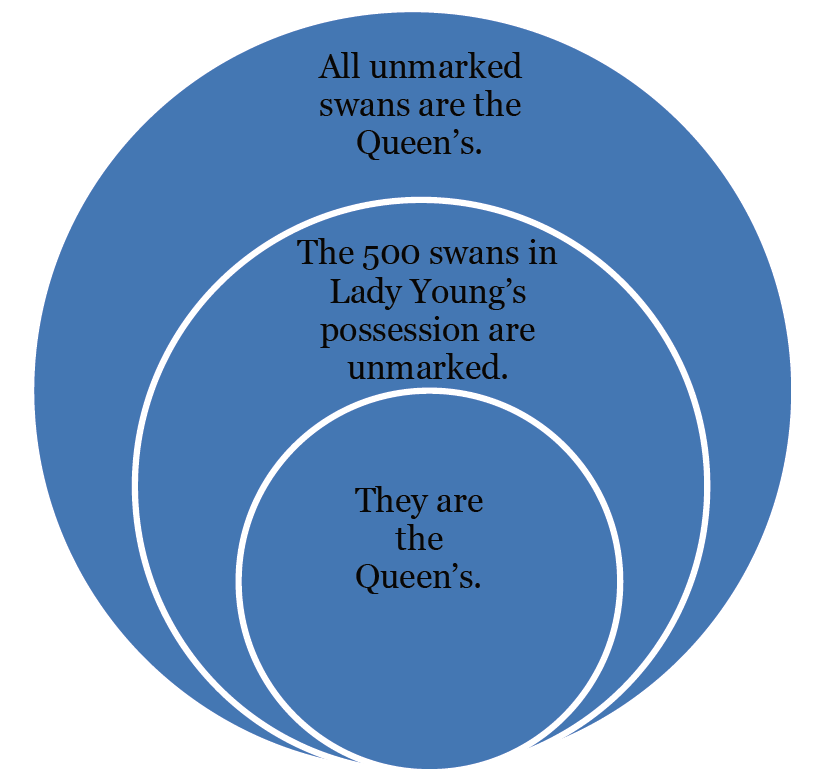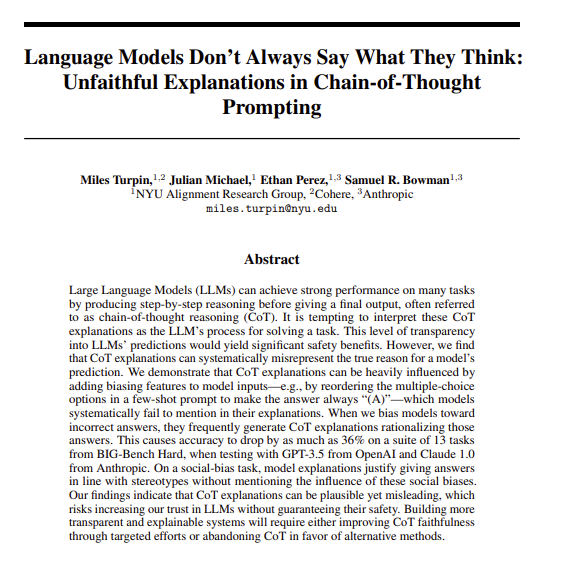Mapping the Architecture of Legal Reasoning
Visualizing Precedent, Analogy, and Case Law Application in Judicial Practice
I've always been fascinated by how judges navigate the complex web of precedent and analogy to arrive at sound legal decisions. In this exploration, we'll uncover the visual frameworks that can transform abstract legal concepts into clear decision pathways, revealing the architecture behind judicial reasoning.
Foundation of Judicial Decision-Making
In my experience working with legal professionals, I've found that the relationship between precedent, analogy, and case application forms a three-dimensional framework that guides judicial decision-making. This interconnected system allows judges to navigate the vast ocean of legal principles while maintaining consistency in the law.
flowchart TD
A[Judicial Decision-Making] --> B[Precedent]
A --> C[Analogy]
A --> D[Case Application]
B --> E[Establishes Rules]
C --> F[Bridges Cases]
D --> G[Practical Implementation]
E --> H[Future Decisions]
F --> H
G --> H
Precedent serves as the cornerstone of common law systems, providing the foundational rules that guide future decisions. As a judge, I've often faced the cognitive challenge of navigating through vast repositories of case law to find the most relevant precedents for the case at hand.
The abstract nature of legal principles can be difficult to grasp without concrete examples. This is where visual analogies test strategies become invaluable. By visualizing these abstract concepts, we can transform them into clear decision frameworks.

A visual representation of how precedent, analogy, and case application interact in judicial decision-making.
PageOn.ai's visual mapping tools have revolutionized how I approach complex legal concepts. By transforming abstract legal principles into visual frameworks, these tools make it easier to identify patterns and connections that might otherwise remain hidden in dense legal text.
Anatomy of Legal Precedent
When I analyze legal precedent, I always start by deconstructing its key components: ratio decidendi (the binding principle of law) and obiter dicta (persuasive but non-binding judicial comments). Understanding this distinction is crucial for determining what aspects of a previous case are actually binding on future decisions.
Components of Legal Precedent
| Component | Definition | Binding Status |
|---|---|---|
| Ratio Decidendi | The principle of law on which the decision is founded | Binding on lower courts |
| Obiter Dicta | Judicial remarks that don't form part of the court's decision | Persuasive only |
| Material Facts | Facts crucial to the decision | Essential for analogical reasoning |
The hierarchical structure of precedential authority varies significantly across different court systems. In my research on the evolution of law visualization, I've observed how these structures have developed over time to create complex networks of legal authority.
Hierarchical Structure of Precedential Authority
Precedent is not static—it evolves over time as societal values and legal interpretations shift. This temporal dimension adds another layer of complexity to judicial decision-making. I've found that creating dynamic case law maps with PageOn.ai's AI Blocks helps me track this evolution and visualize how precedent shifts across different jurisdictions.

A dynamic visualization of how a key precedent has evolved over time through subsequent interpretations.
Analogy as Legal Reasoning Tool
In my years of legal practice, I've come to appreciate analogical reasoning as perhaps the most fundamental cognitive tool in a judge's arsenal. The cognitive science behind this process reveals that our brains are naturally wired to identify patterns and similarities between situations, making analogy a powerful mechanism for legal reasoning.
flowchart TD
A[Legal Analogical Reasoning] --> B[Factual Analogies]
A --> C[Doctrinal Analogies]
A --> D[Policy-Based Analogies]
B --> E[Compare material facts]
B --> F[Identify factual similarities]
C --> G[Apply legal principles]
C --> H[Extend doctrinal frameworks]
D --> I[Consider policy outcomes]
D --> J[Evaluate societal impact]
E & F & G & H & I & J --> K[Judicial Decision]
I've identified three primary types of legal analogies that I regularly encounter in judicial opinions:
- Factual analogies compare the material facts of cases to determine if they should be treated similarly.
- Doctrinal analogies apply established legal principles to new factual scenarios.
- Policy-based analogies consider whether similar policy concerns should drive similar outcomes.
Not all analogies are created equal. When evaluating the strength of a legal analogy, I look for several key indicators:
Strength Indicators in Legal Analogies
I've studied numerous landmark cases where analogical reasoning played a pivotal role. For instance, in the evolution of privacy law, courts have repeatedly used analogies to extend traditional property protections to new digital contexts. These case study examples demonstrate both successful and unsuccessful applications of analogical reasoning.
When working with complex legal problems, I've found that PageOn.ai's visualization tools are invaluable for constructing visual analogy matrices. These matrices help me systematically compare cases across multiple dimensions and identify the strongest analogical connections.

A visual analogy matrix comparing key elements across similar cases to identify analogical strength.
From Abstract to Concrete: The Application Process
In my judicial practice, I've developed a methodical approach to applying precedent through analogical reasoning. This process transforms abstract legal principles into concrete decisions in a way that maintains consistency while adapting to new circumstances.
flowchart TD
A[New Case] --> B{Identify Key Facts}
B --> C{Search for Precedents}
C --> D{Analyze Similarities}
D --> E{Analyze Differences}
E --> F{Evaluate Analogical Strength}
F --> G{Strong Analogy?}
G -->|Yes| H[Apply Precedent]
G -->|No| I[Distinguish Case]
H --> J[Decision]
I --> J
Decision trees have become an essential tool in my approach to case law application. They provide a structured framework for navigating the complex web of precedent and help ensure consistent application of legal principles across similar cases.
The process of identifying relevant similarities and distinguishing differences is at the heart of analogical reasoning in law. When I approach a new case, I systematically compare it to existing precedents, looking for patterns that suggest similar treatment is warranted.
Case Similarity Assessment Matrix
The principle of "treat like cases alike" is a foundational aspect of justice across all legal domains. I've observed its application in areas ranging from contract disputes to constitutional interpretation, and it consistently serves as a guiding principle for ensuring fairness and predictability in the law.
Complex application processes can be difficult to visualize using traditional legal writing. That's why I've turned to PageOn.ai's structured workflow tools to create clear visual representations of how precedent applies to new cases. These visualizations make it easier to see the logical connections between cases and understand how legal principles evolve over time.

A decision tree visualization of the precedent application process, showing how similarities and differences guide judicial reasoning.
Cognitive Challenges in Judicial Reasoning
Throughout my career on the bench, I've confronted the growing challenge of information overload in legal research. With the exponential growth of case law—millions of decisions across numerous jurisdictions—finding relevant precedents has become increasingly difficult.
Growth of Available Case Law
Cognitive biases present another significant challenge in judicial decision-making. In my experience, biases such as confirmation bias, availability heuristic, and anchoring can unconsciously influence how judges evaluate analogies between cases.
Common Cognitive Biases in Legal Reasoning
| Bias | Description | Impact on Analogical Reasoning |
|---|---|---|
| Confirmation Bias | Tendency to search for information that confirms existing beliefs | Overemphasis on similarities that support desired outcome |
| Availability Heuristic | Reliance on readily available examples | Overweighting recent or memorable precedents |
| Anchoring | Over-reliance on first piece of information encountered | Difficulty moving away from initial precedent identified |
Balancing consistency and flexibility in precedent application remains one of the greatest challenges in judicial decision-making. Too much adherence to precedent can lead to rigid, outdated law; too little creates unpredictability and undermines the rule of law.
I've found that visual thinking offers a powerful solution to the limitations of abstract reasoning. By representing complex legal relationships visually, judges can more easily identify patterns, inconsistencies, and analogical connections that might be missed in traditional text-based analysis.
The visual understanding medical law approach has demonstrated how visualization can transform complex legal concepts into more accessible frameworks. Similarly, PageOn.ai's Deep Search functionality has revolutionized how I identify relevant precedents across vast legal databases, significantly reducing the cognitive load of legal research.

A comparison of traditional text-based legal research versus visual mapping approaches, highlighting improved pattern recognition and reduced cognitive load.
Visualizing Complex Legal Arguments
In adversarial legal settings, competing analogies often form the core of opposing arguments. I've developed techniques for mapping these competing analogies to better understand their relative strengths and weaknesses.
flowchart TD
A[Current Case] --> B{Plaintiff's Analogy}
A --> C{Defendant's Analogy}
B --> D[Precedent A]
B --> E[Precedent B]
C --> F[Precedent C]
C --> G[Precedent D]
D --> H[Similarity: High]
D --> I[Authority: Supreme Court]
E --> J[Similarity: Medium]
E --> K[Authority: Appeals Court]
F --> L[Similarity: Medium]
F --> M[Authority: Supreme Court]
G --> N[Similarity: High]
G --> O[Authority: District Court]
Assessing the strength of precedential arguments requires careful analysis of multiple factors. I've developed visualization techniques that help quantify and compare these factors across different precedents.
Precedential Argument Strength Assessment
Visual briefs that highlight analogical strengths have proven highly effective in my courtroom. When attorneys present their arguments using clear visual frameworks, it becomes much easier to evaluate competing claims and identify the strongest analogies.
I've studied numerous cases where majority and dissenting opinions hinged on different analogical frameworks. By visually representing these competing frameworks, we can better understand the reasoning behind different judicial perspectives.
Traditional text-heavy legal briefs often obscure the core analogical arguments being made. Using PageOn.ai, I've been able to transform these dense textual arguments into persuasive visual narratives that clearly highlight the strongest analogical connections between cases.

A comparison between traditional text-heavy legal briefs and modern visual briefs that highlight analogical strengths.
Technology and the Future of Legal Reasoning
AI-assisted precedent identification and analogy formation are revolutionizing legal research. In my practice, I've seen how AI legal assistants can rapidly identify relevant precedents and suggest potential analogies that might have taken days or weeks to discover through traditional research methods.
flowchart TD
A[AI-Assisted Legal Reasoning] --> B[Precedent Identification]
A --> C[Analogy Formation]
A --> D[Argument Assessment]
B --> E[Natural Language Processing]
B --> F[Case Database Analysis]
C --> G[Pattern Recognition]
C --> H[Similarity Scoring]
D --> I[Precedential Weight Analysis]
D --> J[Counter-Argument Generation]
E & F & G & H & I & J --> K[Enhanced Judicial Decision-Making]
Visual tools are playing an increasingly important role in enhancing judicial decision-making. By representing complex legal relationships visually, these tools help judges identify patterns and connections that might be missed in traditional text-based analysis.
Impact of Visual Tools on Judicial Decision-Making
As we embrace technology in legal reasoning, ethical considerations become increasingly important. Questions about algorithmic bias, transparency in AI-assisted reasoning, and maintaining human judgment in legal decision-making must be carefully addressed.
I've observed several case studies where visual mapping tools have significantly improved judicial consistency. By providing a clear framework for analogical reasoning, these tools help ensure that similar cases are treated similarly across different judges and jurisdictions.
PageOn.ai's agentic capabilities have transformed how I approach complex legal research. By automatically identifying relevant precedents and suggesting potential analogies, these tools allow me to focus on higher-level analysis and decision-making rather than getting bogged down in manual research.

A visualization of AI-assisted legal reasoning tools that help identify relevant precedents and suggest potential analogies.
Practical Applications for Legal Professionals
Teaching precedent and analogy through visual frameworks has revolutionized legal education. In my teaching experience, students grasp these complex concepts much more quickly when they're presented visually rather than through traditional text-based methods.

An educational visualization tool for teaching precedent hierarchy and analogical reasoning to law students.
Building case strategy using visual mapping of precedential strength has become an essential practice in my litigation work. By visually representing the strength of different precedents, I can more effectively identify the strongest analogies to support my arguments.
flowchart TD
A[Case Strategy Development] --> B[Identify Key Legal Issues]
B --> C[Map Relevant Precedents]
C --> D[Assess Precedential Strength]
D --> E[Develop Primary Analogies]
D --> F[Anticipate Counter-Analogies]
E & F --> G[Create Visual Brief]
G --> H[Prepare Oral Arguments]
Client communication can be challenging when explaining complex legal reasoning. I've found that visual tools are invaluable for communicating legal concepts to non-lawyers, making it easier for clients to understand the reasoning behind legal advice and decisions.
PageOn.ai's intuitive interface has made it possible for me to create persuasive visual briefs without specialized design skills. These visual briefs clearly highlight the strongest analogies and precedents supporting my arguments, making them more persuasive to judges and juries.
Client Understanding: Visual vs. Traditional Explanations
Collaborative visual reasoning has transformed how legal teams work together. Using shared analogy maps, team members can collectively identify the strongest precedents and develop persuasive arguments based on analogical reasoning.
Transform Your Legal Reasoning with PageOn.ai
Ready to revolutionize how you approach precedent, analogy, and case law application? PageOn.ai's powerful visualization tools can help you create clear, persuasive visual frameworks that enhance your legal reasoning and communication.
Conclusion: The Future of Visual Legal Reasoning
Throughout this exploration of precedent, analogy, and case law application, I've highlighted the transformative power of visual thinking in legal reasoning. By mapping the architecture of legal reasoning visually, we can enhance our understanding of complex legal relationships and make more consistent, well-reasoned decisions.
The integration of AI and visual tools is opening new possibilities for legal professionals. These technologies don't replace human judgment; rather, they augment our natural reasoning abilities and help us navigate the increasingly complex legal landscape more effectively.
As we look to the future, the ability to visually map legal reasoning will become an essential skill for judges, attorneys, and legal educators. Those who master these visual thinking techniques will be better equipped to navigate the complexities of precedent, develop persuasive analogies, and apply case law consistently across diverse scenarios.
PageOn.ai stands at the forefront of this visual revolution in legal reasoning, offering powerful tools that transform abstract legal concepts into clear, actionable visual frameworks. Whether you're building a case strategy, teaching complex legal concepts, or communicating with clients, PageOn.ai can help you create visual expressions that clarify even the most complex legal relationships.
You Might Also Like
The Meta-Mind Advantage: How Self-Aware AI Strategy Defines Market Leadership in 2025
Discover why metacognitive AI strategy separates industry leaders from followers in 2025. Learn frameworks for building self-aware AI implementation that drives competitive advantage.
Transforming Marketing Teams: From AI Hesitation to Strategic Implementation Success
Discover proven strategies to overcome the four critical barriers blocking marketing AI adoption. Transform your team from hesitant observers to strategic AI implementers with actionable roadmaps and success metrics.
The AI Superpower Timeline: Visualizing US-China AI Race & Tech Developments
Explore the narrowing US-China AI performance gap, historical milestones, technical battlegrounds, and future projections in the global artificial intelligence race through interactive visualizations.
The Science Behind Success: How AI-Powered Content Creation Delivers 25% Higher Success Rates
Discover why AI users report 25% higher content success rates. Learn proven strategies, productivity gains, and competitive advantages of AI-powered content creation.
